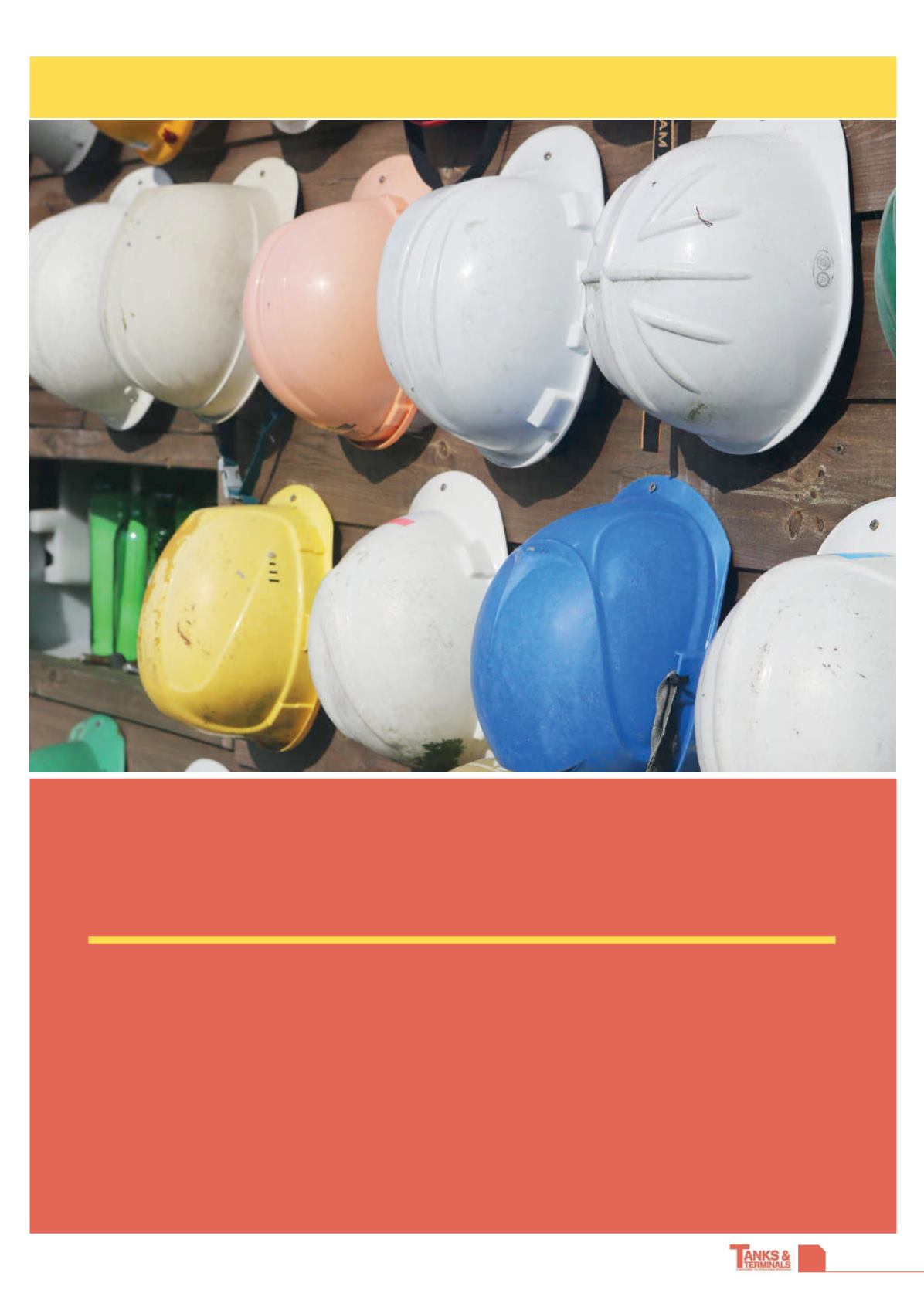
65
HYDROCARBON
ENGINEERING
T
he fuels supply chain in the UK is complex and
multifaceted. Until the mid to late 1980s, the
sector was generally characterised by vertically
integrated firms operating in all sections of the
supply chain but it has since undergone significant
changes, with a number of stakeholders now operating in
its different parts. This fragmentation means that it is
critical to ensure that safety is maintained and that all
involved clearly understand responsibilities and potential
hazards. To this end, industry has led the way by
developing a number of safety schemes.
In the UK, major accidents hazards are regulated
through the control of major accident hazards (CoMAH)
regulations. CoMAH regulations implement the
Seveso III Directive. CoMAH requires operators of sites,
that have major accident hazard potential, for example
oil refineries and petroleum terminals, to have in place
competency management systems to ensure that staff
and contractors understand the risks and hazards
associated with their job, and have the necessary skills
to carry out tasks safely.
Other legislation, including the carriage of dangerous
goods (CoDG) – implementing ADR, the European
agreement concerning the international carriage of
dangerous goods by road – petroleum consolidation
regulations (PCR) and the dangerous substances and
explosive atmospheres regulations (DSEAR), cover the
distribution by road of petroleum products and their
Peter Davidson, UKPIA, UK, and Jenny Clucas, COGENT Skills, UK,
examine the safety measures set in place for the UK fuels supply chain.
SAFETY IS
NO ACCI ENT


